I think we need to get one thing out of the way first: I'm not a mobile gamer.
Don't get me wrong, I love my Nintendo Switch Lite, and I will occasionally get lost in sixteen hours of Balatro on my phone, but anything beyond that is, well, beyond me.
Not because of any preconceived notions about gaming on a mobile device – far from it. I've seen enough of the mobile market to know that it's a wide expanse of increasingly complex and engaging titles that, at some point, I will have to jump in or risk getting left behind for good.
The problem is that apart from my AuDHD, I have cognitive impairments that affect my abilities to game with a touch screen. I can't move as fast as some games need me, and there's a whole plethora of problems when it comes to knowing where to tap and how.
It makes me feel so old when I'm only in my thirties.
Luckily, there are devices like the Razer Kishi V3, which Razer kindly sent over for a review. I initially thought this would be an easy deal: give it a quick whirl, realize that it's fun, and never look at the device again.
Instead, over the past two and a half weeks, I've carried the Kishi with me on two road trips across Europe, and found it an indispensable addition to my everyday carry. It's the kind of accessibility dream scenario that not only helps me engage with mobile gaming on a whole other level, it's so well-built and designed that it gives me the ability to discover an entire selection of gaming I've previously had to ignore.
Who's it for?
Simply put, the Razer Kishi V3 is for anyone who games on a mobile device, period. Be that a phone or a tablet, if you want to up your game, get more comfortable, or simply play with something more familiar, there is simply no reason not to get the Kishi as an accessory.
Granted, a lot of people who game more seriously on their phones will already have favorites. Some play with Bluetooth controllers, others still just use the touchscreens, and some have entire mobile setups with them. All valid.
But for someone like me, who enjoys simplicity and doesn't have that much extra room in their everyday carry, the Razer Kishi V3 is an enticing proposition precisely because it is so streamlined.
The V3 series comes in three form factors: the regular V3 (which is what I have), the V3 Pro, and a V3 Pro XL. The bigger and more pro you get, the more expensive the controller gets. For most, the baseline V3 is more than enough.
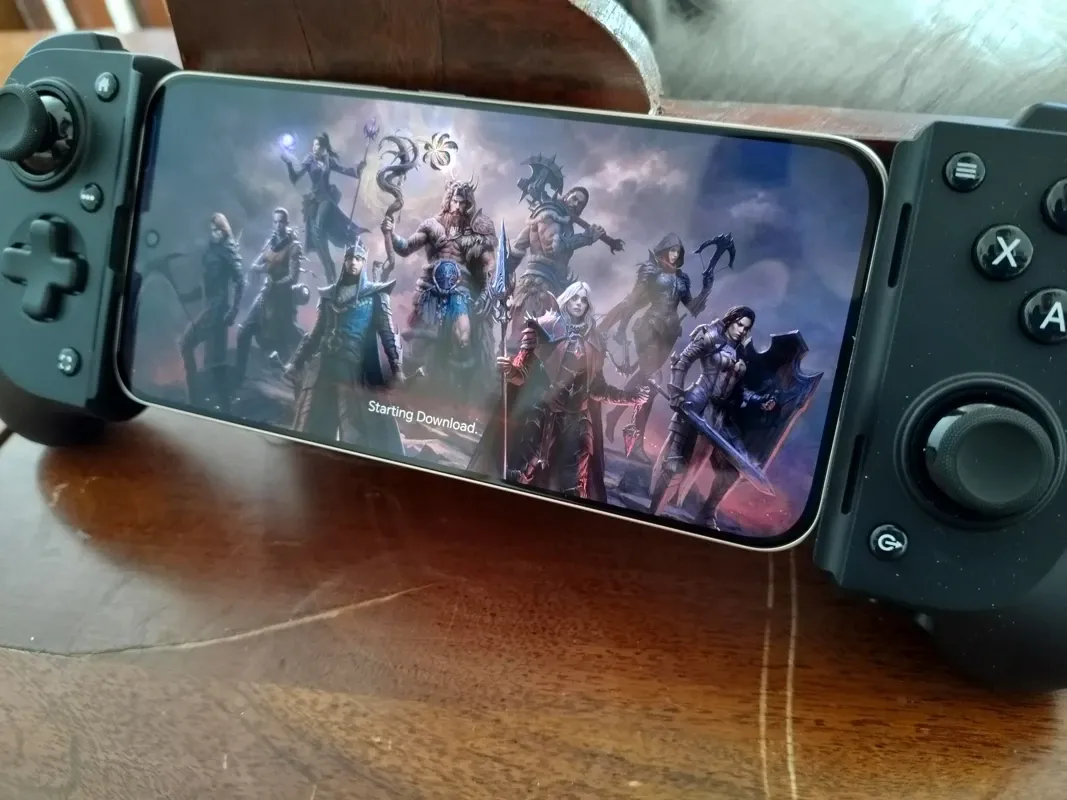
Basics and accessibility
The V3 connects via USB-C, which makes it perfect for any reasonably modern Android device and any Apple device that supports the USB-C standard. For phones, that's the iPhone 15 onwards.
When you first take the Kishi out of the box, you're presented with the controller itself and two options for padding to ensure a snug fit for whatever kind of device you use. For me, that was the Android lineup.
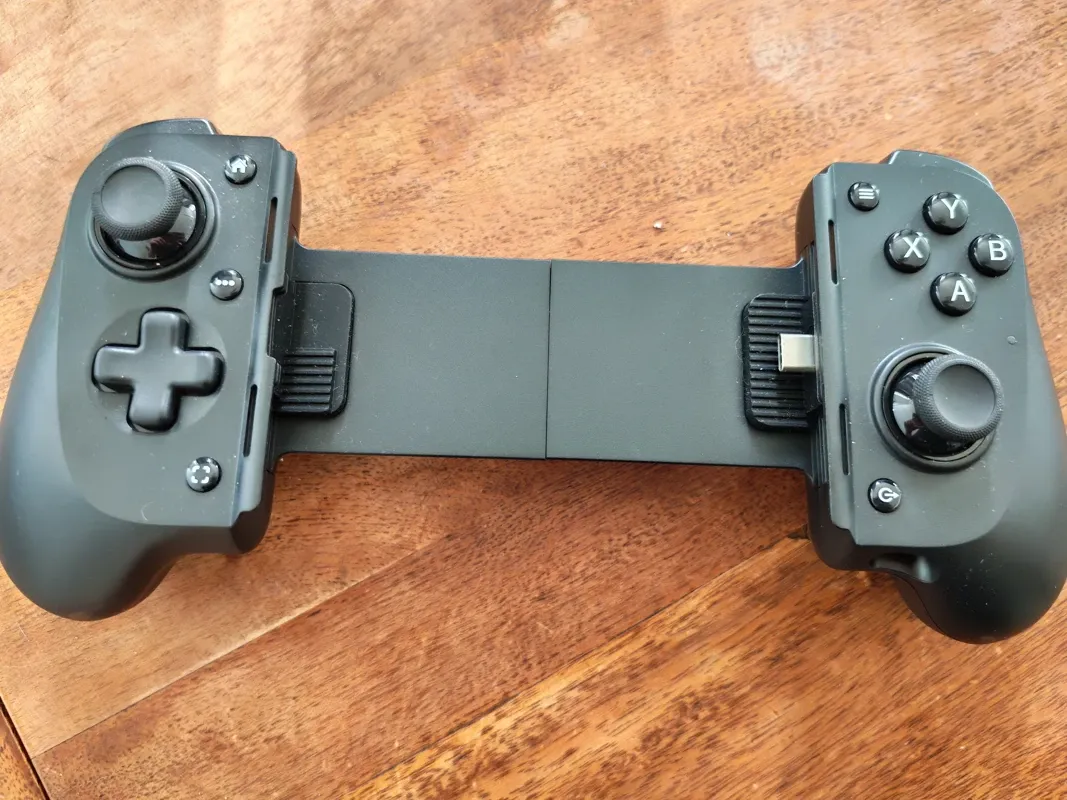
The phone slides perfectly into the middle of the device, and clamps in as you release the two sides of the controllers back into place. I tested the Kishi out with two different Android phones: a 6.3 inch model and a 6.9 inch device. In theory, you could go all the way to a mammoth 12-inch tablet and the Kishi would still work, though I don't know how you'd hold up something like that without it getting uncomfortable.
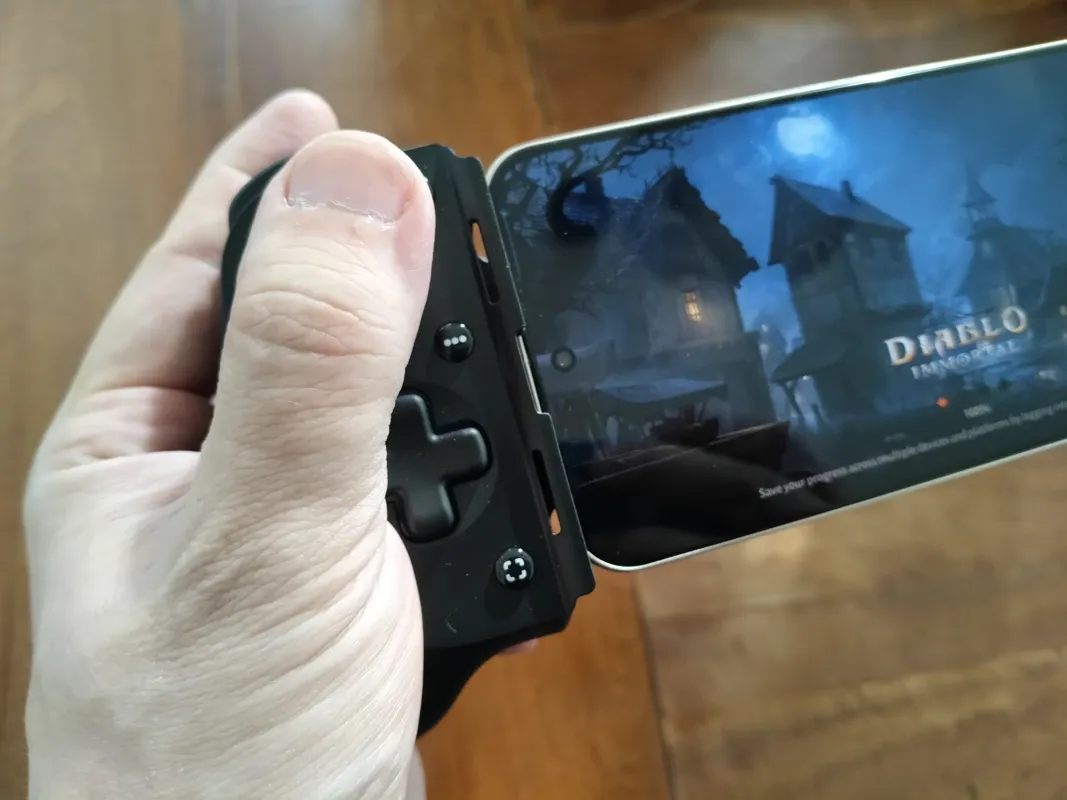
I have reasonably large hands, and I found the Kishi to feel exceptional in terms of comfort and grip. The button placement is smart, and there's a delightful clickiness to everything.
I wasn't too happy with the back buttons, which I felt were prone to accidental presses as I gripped the controller or tried to adjust my hands. Luckily, most of the games I tested didn't make use of the rear buttons, so it ended up being a moot point.
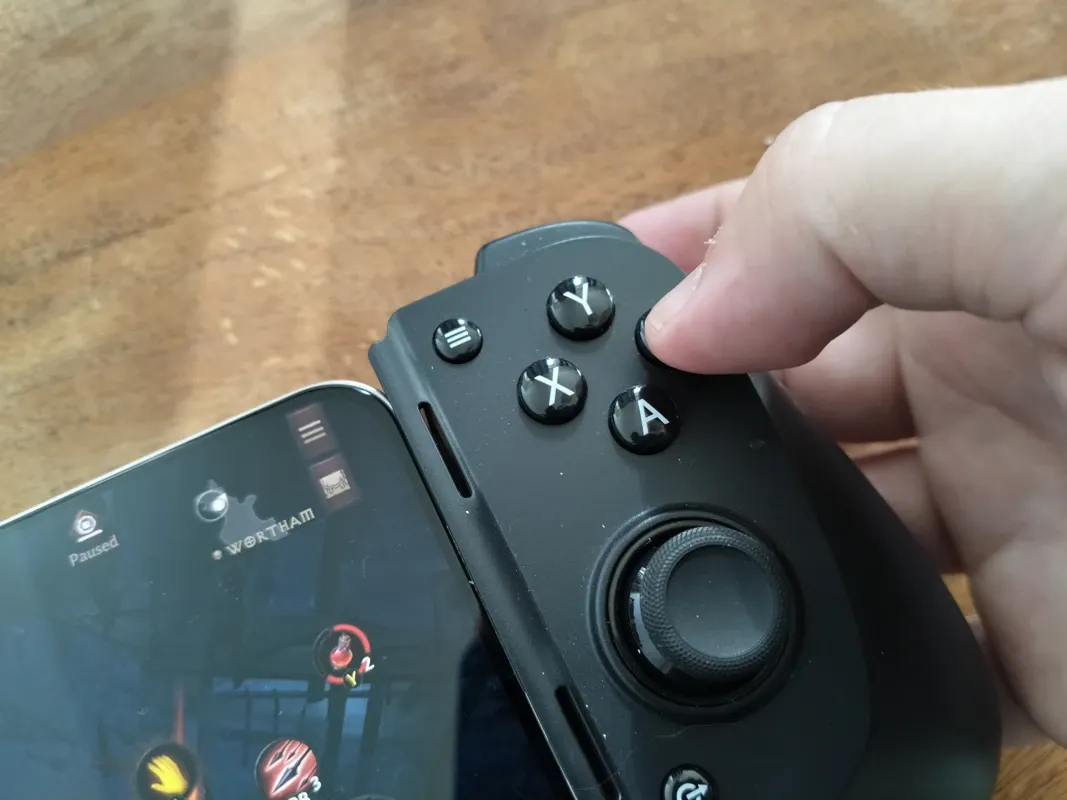
The controller is plug-and-play and features a 3.5mm headphone jack socket, which is an extremely welcome addition. The buttons are coded with the XYAB methology seen on Xbox controllers, but work just as well with PlayStation streaming titles.
I observed no noticable latency issues in either the sticks nor the buttons. Even fast paced titles, like Call of Duty, felt responsive from beginning to end. One of my favorite games on the consoles, Dead Cells, felt exactly the same as if I was playing it on the Nintendo Switch.
You can also download the Razer Nexus app, which serves as a game station for whatever titles you're playing, and assists in prepping the phone for optimal conditions on longer sessions. The Nexus app is entirely free and does not require a subscription, which in the past has been a major deal breaker for me and other accessories. Once you buy something like a controller, you shouldn't be forced to pay a subscription to use it. I'm glad Razer understands this.
Durability and daily use
The Razer Kishi V3 draws battery directly from the device that it's connected to, so you can't use it via Bluetooth or without a phone or tablet attached. Luckily, I found the power draw to be entirely reasonable, and did not notice any major differences between gaming with or without the controller.
Though it should be noted that I left my phone on the controller during a longer flight, and noticed that standby drain was a real thing, with around four hours on the controller draining a few extra percentage points even without any use.
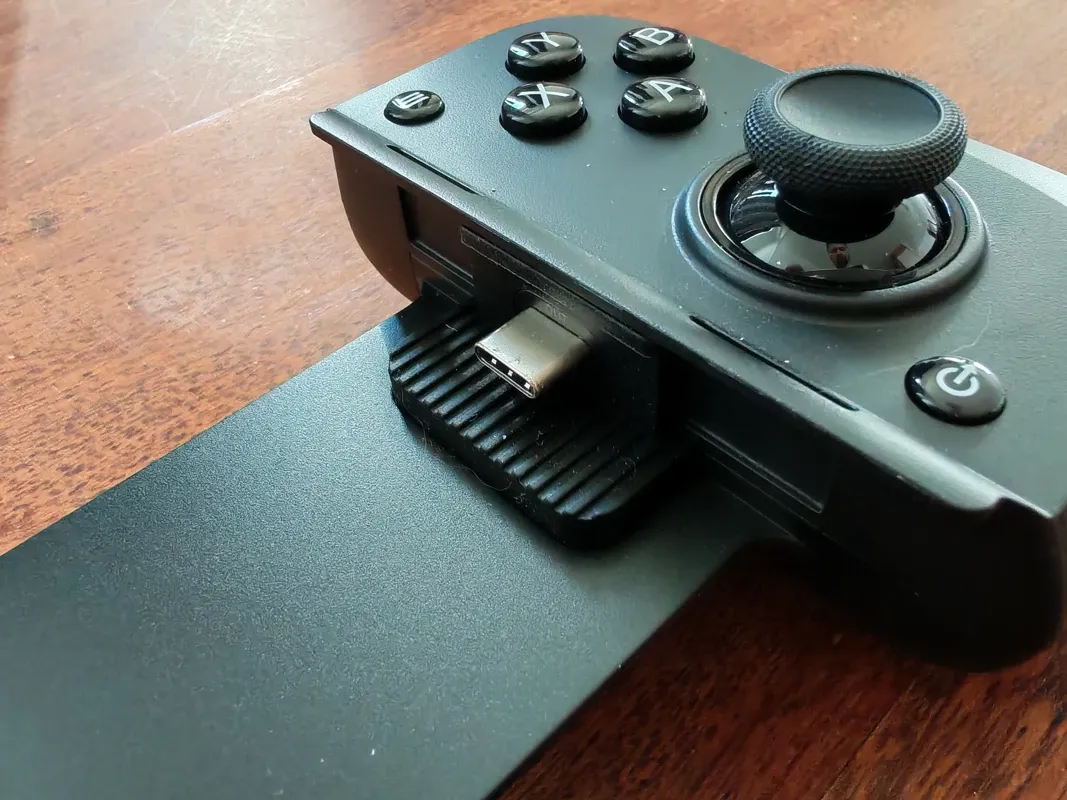
The thumbsticks are full-sized, which means they're perfectly comfortable for an adult to use. My partner has much smaller hands than I do, yet they, too, reported a comfortable experience during a playtest of Diablo Immortal.
I was also happy to notice that neither thumbstick had any noticable stick drift, and both felt robust enough to carry the controller without any protective cases. The same applies to the buttons, which felt tactile and sturdy, even after a couple of weeks of living on the road in a backpack or pockets.
In fact, during my entire time with the Razer Kishi V3, it did exactly what I had hoped a mobile controller would do, but had yet to experience with them: I didn't think about it.
Which means I just used it. I would sit down at an airport, flight, or train, and I'd pop my phone into the controller and be off. There wasn't hesitation about size, or battery life, or even durability. I knew that whatever I threw at the device, it would work.
Even on the longest gaming session (about three hours of Final Fantasy on the flight back from London), my hands did not cramp and my fingers did not feel stiff. That's a major feather in Razer's cap, as it's usually been the case with any kind of mobile gaming for me.
Instead, once I had finished my session, I threw the controller in my bag, and went on with my day. Which is exactly what it needs to do, and the Razer Kishi V3 does it effortlessly.
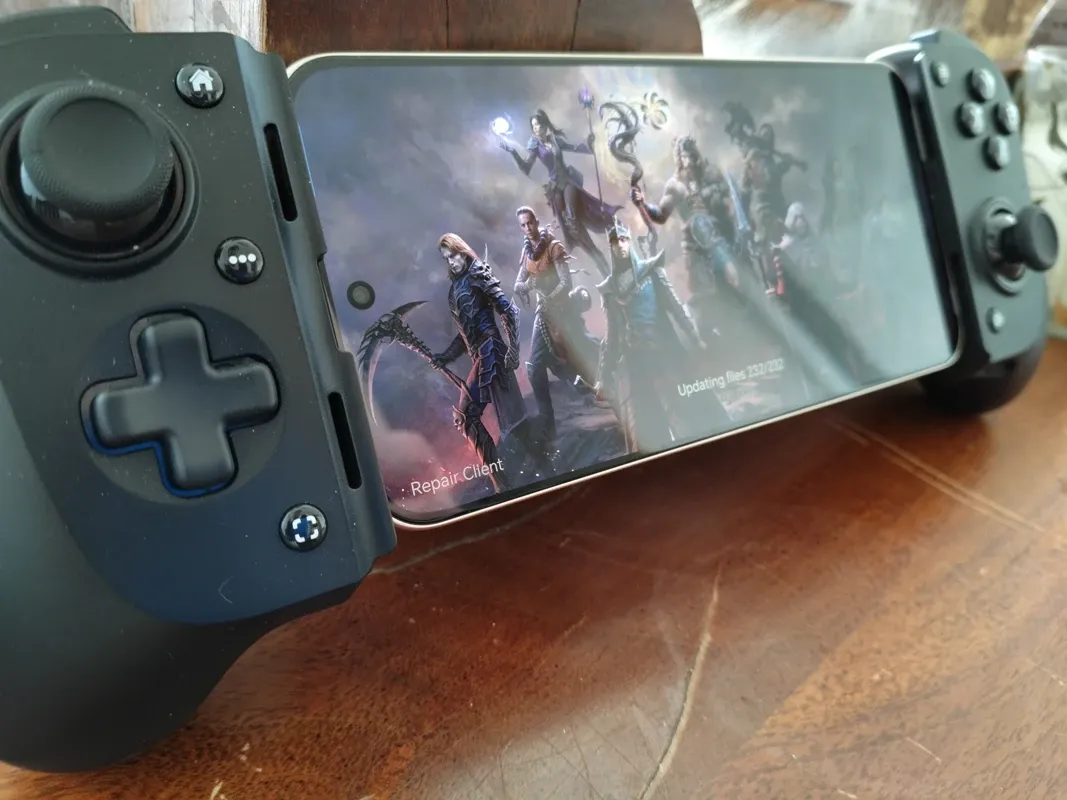
Verdict
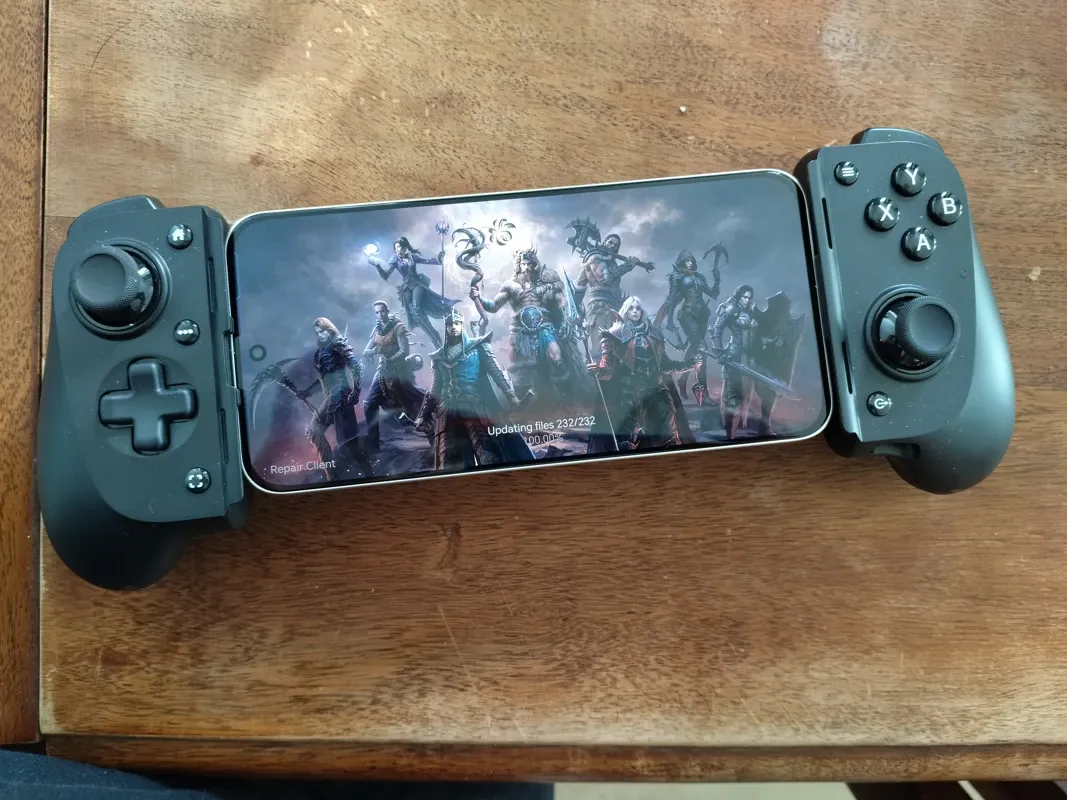
Razer Kishi V3
An essential mobile gaming solution for anyone who seriously wants game on their phone, and for everyone who previously couldn't play on a touch screen. The Razer Kishi V3 is an ideal product for enthusiasts and newcomers alike.
Review disclaimers
If you want to read more about my reviews policy and transparency, you can do so here: https://toisto.net/how-i-review/










